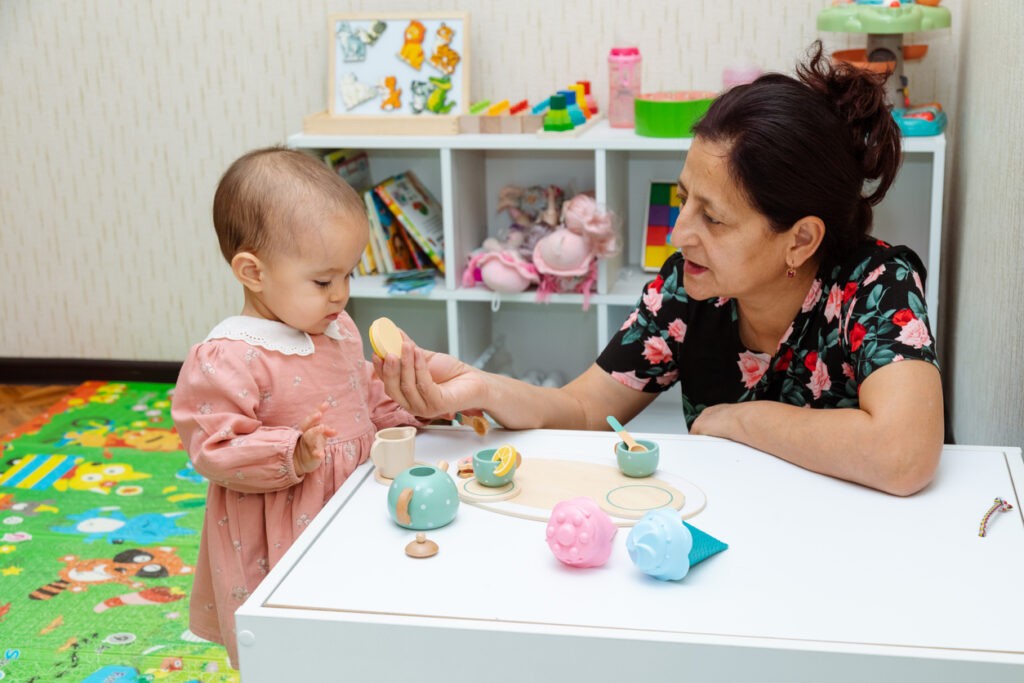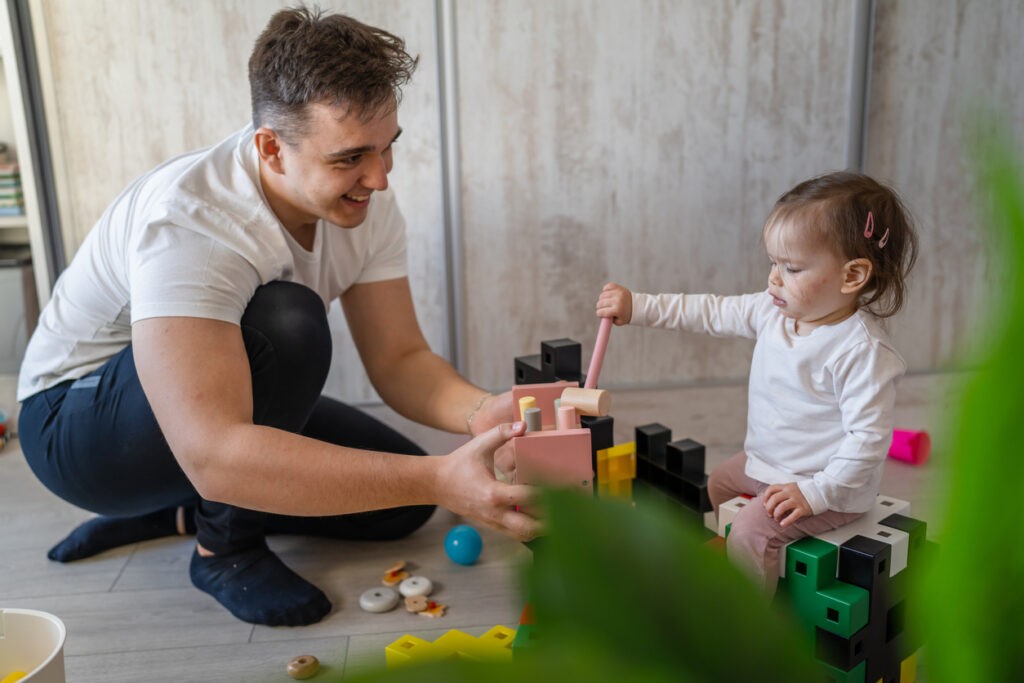What is a Sensory Story
So, what is a sensory story? Simply put, it’s a story that is told using a combination of text and matching sensory experiences. Each section of the story is paired with a sensory experience to help bring it to life. For example, in a story where a boat is crossing a river, a water spray may be used to simulate the experience of being in the water. Or, in the classic tale of the Three Little Pigs, a handheld fan may be used to simulate the wolf blowing down the house.
Sensory Story vs Traditional Story
Sensory stories incorporate all the senses – touch, smell, sound, taste, visual materials, and movement – making them a truly immersive experience. In contrast, traditional stories simply pair pictures with words, engaging only the senses of vision and hearing.

Sensory Stories and Autism
But why are sensory stories particularly helpful for children on the autism spectrum? For one, they allow children to engage more fully with the story. Children on the spectrum often have a heightened sensitivity to sensory experiences and may crave sensory input. Sensory stories take advantage of this by incorporating sensory experiences that are pleasant and enjoyable for the child.
It’s important to note that the sensory activities used in a sensory story should always be pleasant and enjoyable for the child. If a child appears uncomfortable or in pain during a particular sensory activity, it’s best to discontinue it. Sensory stories are not meant to desensitize a child, but rather to engage their senses in a positive and enjoyable way.

Benefits of Sensory Storytelling
Sensory storytelling has numerous benefits for children on the autism spectrum. Let’s explore some of these benefits in more detail:
Increased Engagement
Sensory storytelling is a wonderful way to engage children and improve their attention skills. By involving all of their senses, sensory stories grab their attention in unique ways, which can be difficult to achieve with traditional story reading.
Sensory stories give us the chance to elicit or cause instances of good attention. It can start with something as simple as looking towards the object you are using (professionals call this orienting towards the stimulus).
Quick Tip: When we notice that our kids are being attentive, we can say “wow, you’re looking at the page” or “you smelled the candle” you’re acknowledging these instances of attention, and that makes them feel good about themselves. And it grows that skill over time.
Improved Memory
Another benefit of sensory storytelling is that it improves memory skills. When children hear the same story repeatedly over time, they begin to remember and anticipate certain actions in the story. This repetition also gives them a chance to practice their memory skills and learn new ways to use objects and toys.
Sensory Exploration
Sensory storytelling also creates a safe space for children to explore new textures, smells, sounds, and types of visual input. This exploration can help them become more comfortable with these materials in their daily activities.
Vehicle to Improve Social Skills
One of the most significant benefits of sensory storytelling is that it improves social skills. When the whole family is involved in these stories, children have an opportunity to interact with their parents, caregivers, and siblings. They learn turn-taking, basic social skills, and listening and responding skills.
Promotes Language Learning
Finally, sensory storytelling promotes language learning. Children can learn different action words and describing words, and it can develop their skill of asking and answering questions, inferencing, following directions, retelling stories, and sentence formation. By enriching a child’s vocabulary, sensory storytelling allows language and sensory stimuli to work simultaneously with each other.

Create your Own Sensory Story
It’s easy to create your own sensory story. Follow these simple steps to create your own sensory story and engage your child in a unique learning experience.
Step 1: Choose a Story
Choose a story that you think your child will enjoy and shorten it into ten simple sentences. You can also use a picture book or create your own story.
Step 2: Identify Key Words
Think about a key word on each page and pick a sensory activity to act out for that page. For example, if the story is about a farm, you could choose “cow” as the keyword and use a toy cow for a tactile sensory experience.
Step 3: Choose Sensory Activities
Play around with different sensory activities for each page, such as touch, texture, temperature, density, smell, taste, visual input, and movement. Use different objects and materials to provide a variety of sensory experiences. Remember to vary the activities on each page.
Step 4: Collect Objects and Set Up Space
Collect the objects and materials you need for each sensory activity and set up the space for the story. Make sure the space is safe and comfortable for the child.
Step 5: Engage in Sensory Activities
Read the story page by page and engage the child in the related sensory activity. Use your imagination and have fun with the story. Repeat the story many times to help the child anticipate what’s coming next and develop their skills.
Step 6: Involve the Whole Family
Involve the whole family in the sensory story activity. It’s a great way to bond with your child and create lasting memories.
In summary, sensory storytelling is a powerful tool for engaging children and creating immersive experiences that incorporate all the senses. If you’re interested in trying sensory stories with your child, take a look at our sensory story workshop below and purchase our Sensory Story Kit developed by our Goodness Gift social enterprise. Give sensory stories a try and see how it can enhance your child’s enjoyment of stories and encourage their love of reading!
